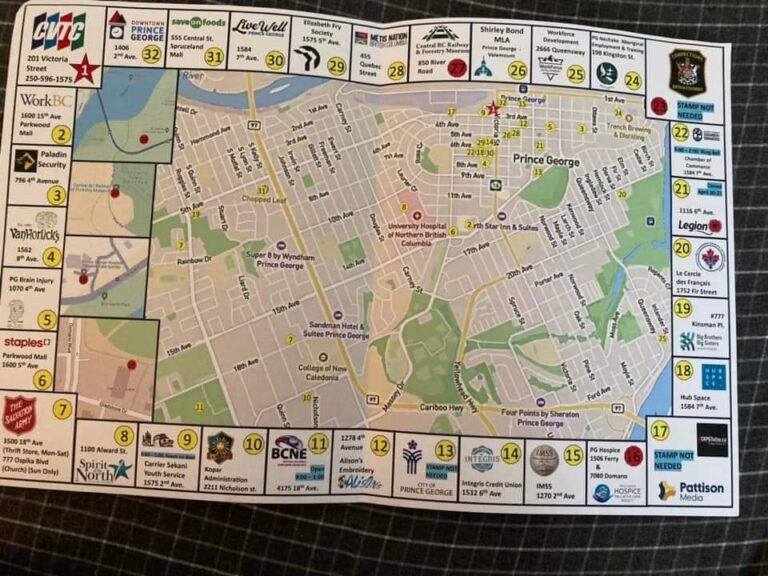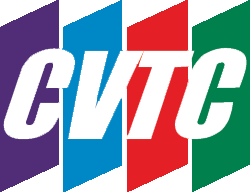New Year’s Day has come and gone, and with it, the gleam of a #NewYearNewYou, which permeates life for about four to eight weeks before goals (or several) are either forgotten (Sadly), or become habit (yay!). Since humans are generally obsessed with how they can make their lives better, it’s no wonder that there is a plethora of information out there about how you can set and achieve goals. The most common methods are things like creating SMART goals (Specific, Measurable, Attainable, Realistic, and Time-Bound), and vision boards. However, there is a new method, backed by solid research, to attaining your goals: WOOP.
WOOP! there it is!
(Sorry, couldn’t resist).
WOOP stands for Wish, Outcome, Obstacle, Plan. It’s a four step mental process whereby you set your goals and then visualize not only the outcome of achieving the goal, but also the obstacles, and your plan. It’s meant to be a step beyond the vision board where all you do is set down visions of your goals and instead also set down concrete obstacles and plans for achieving your goals. After all, it’s not usually enough to simply let your wishes and goals go to the universe on the wings of hope.
WOOP is also known as mental contrasting; that is, picturing yourself achieving your goals, but also comparing it to your current life. By doing this, you can not only see the Outcome, but also any Obstacles and start to come up with a Plan to move from where you are to where you want to be. Planning is absolutely an important part of achieving any goal after all.
The process is as follows:
Wish: Figure out what your wish or goal is. This could be big or small, life-altering, or miniscule; it doesn’t really matter what it is, as long as it’s something that is important to you. We often think of things like weight loss or looking for a new job or making more money, but it could also be things like eating more vegetables or making your bed. What do you wish?
Outcome: Next, you make your vision board or your mental dream and visualize how achieving your wish will make you feel. How would it change your life? If you got that job, what would you do with the money and with the new skills you’d learn? Take some time to really feel how the outcome would feel to you.
This is where many people stop, but WOOP takes it two steps farther:
Obstacles: It’s not enough to identify your goals and your outcomes, you also have to figure out the obstacles. What’s stopping you from achieving your goal right now? Is it that your resume isn’t properly done? Do you struggle with interviews? Do you stay up too late at night? Identifying your obstacles is absolutely important because if you just pretend they aren’t there, it’s too easy to offload responsibility for not achieving your goals onto something else like fate or someone else.
Plan: The final letter is for plan and that is where you start figuring out what you need to do to overcome your obstacles so that you can achieve your goal(s). This could mean doing things like asking someone for help with your resume, getting some additional training, slowly scaling back the time you spend up at night; whatever you think will work best for you and your dreams.
It still may sound like WOOP is pretty much the same as every other system to help people achieve their goals, but it has some research to back it up. It helped study patients double the amount of exercise achieved over a four month period and increase their fruit and veggie intake by thirty percent. It has helped reduce insecurity behavior such as checking on a partner’s phone and thus increase romantic relationships (and likely friendships too); it has helped people with Type II Diabetes improve self-care, reduced prejudice by increasing tolerance, and helped high school students prepare for their SATs by 60%.
Of course, different systems will work for different people, but if you’ve been struggling to achieve your goals up until this point, give WOOP a try and see if it becomes the system that works best for you!
~
Charlene is a full time instructor and published author. She enjoys writing about education, digital career paths, job hunts, and for her books, fantasy/mysteries. You can learn more about her novels at Kellan Publishing.

